Description
[The definitive version of the 1985 London performance! Get the stereo soundboard master!] Recently, we released the best audience master of Eric Clapton’s performance on March 5, 1985 at Wembley Arena in London. In the release review at that time, we wrote that there was a 2CD “WEMBLEY ARENA” that was already released with a complete stereo soundboard recording, but we were able to obtain the original master of this soundboard. The content was the complete version of the stereo soundboard recording with an unmistakable PA out. However, when you listen to it, as is common with PA out, there was a fatal flaw in that the intervals between songs were narrowed, and in Cocaine, there was a sharp cut from Clapton’s guitar solo and it jumped to the ending chorus (this is also the case with the already released version). In addition, there was a noise in the middle of Layla’s piano coda. The pitch was also a little slow. I thought that even the precious soundboard master could not be the definitive version in this state, but our shop had just received a stereo audience master with the finest sound quality approaching the soundboard recording, which was recently released by a heavyweight taper living in the UK. Therefore, the cut parts between songs and the cut parts during the song Cocaine were beautifully filled in with the heavyweight audience master, realizing a complete version. Layla’s noise was also mitigated as much as possible with modern digital technology, and the pitch was also normalized, so it was possible to release the definitive version of the complete recording. This soundboard master is a PA out for sound adjustment recorded at the mixer desk on the day, so there are parts in the song where Clapton’s vocals suddenly have a deep echo, and since it is not recorded with an ambient microphone, the audience’s cheers and applause are almost inaudible, but this sound source, which sometimes records the noise of Clapton’s amplifier vividly, is a great master that conveys the live feeling with full force. Since the soundboard source at the beginning of the 1985 “Behind the Sun Tour” is the only performance, it is very valuable and the band ensemble can be understood very well. From the middle of the tour onwards, there are also soundboard sources from the US tour and the Japan tour at the end, but this work is the only soundboard source that can tell you the details of how Clapton started the tour. [The precious stage at the beginning of the BEHIND THE SUN tour] Now let me review Clapton’s activities from the recording of the album “BEHIND THE SUN” that was the basis of this tour to the promotion world tour. It was as follows. <March-April 1984: Recording of the album “BEHIND THE SUN”>・June-July 1984: Participated in the “Pros And Cons Of Hitch-Hiking” European and North American tour with Roger Waters <Autumn 1984: Additional recording of the album “BEHIND THE SUN”>・November-December 1984: Oceania and Hong Kong tour・February 1985: Tour rehearsals at Brixton Academy, UK・February 27th-March 15th 1985: UK and Northern European tour←★Here★ <March 1st 1985: Release of the album “BEHIND THE SUN”>・April-May 1985: First leg of the US tour・May 8th 1985: US live music show Late Night With David Letterman Appearances: ・June 21st to July 27th, 1985: US tour, second leg ・October 5th to October 11th, 1985: 6th Japan tour ・October 14th to November 6th, 1985: Short European tour after touring Alaska and London ・December 3rd to 23rd, 1985: A break, but during this time he appeared on stage at concerts by Buddy Guy & Junior Wells, Sting, Gary Brooker, Dire Straits, and others. Clapton finished his final recording in the fall of 1984 and completed the album, but before the album’s release he went on a tour of Oceania and Hong Kong. He must have been eager to show off his new songs. It shows how confident he was. As with the album, this tour was performed with ex-Quatermass keyboardist Peter Robinson on synthesizers and a double keyboard system with Chris Stinton, but when it came to the live stage, the strangeness of the synthesizer featured in reproducing the songs on the album could not be wiped away. The album’s current low evaluation is also due to this, and it had a so-called “un-Clapton-like” sound. Sensing this, Clapton decided that he still needed a second guitar, and persuaded Tim Renwick, whom he met on Roger Waters’ tour in 1984, to join. Then, when they went to rehearsal, the sound returned to one that Clapton was satisfied with. So, a tour of the UK and Northern Europe was carried out, including this London performance. Clapton, who felt a strong response especially from the first day’s performance in his hometown of London, went into the second day’s performance in high spirits. The number of songs played was greater than the previous day’s performance, and the encore included one more song, You Don’t Know Like I Know (a number that was omitted from the recording of “Behind the Sun” during recording). In addition, on this day, Dan Ackroyd, an actor who is also a talented musician (a famous comedic actor from the movies “The Blues Brothers” and “Ghost Busters”. He also performed in “The Blues Brothers” with bassist Donald Duck Dan, who was in Clapton’s band at the time. The correct pronunciation is “Ackroyd”, but Clapton, who introduces him, says “Ackroyd”), appeared and introduced the members in the MC at the end of the encore, and there is also the topic of him performing a raging blues harp in this song. Clapton was also familiar with the movie “The Blues Brothers” and later appeared in “The Blues Brothers 2000”, so this collaboration with Ackroyd must have been a memorable one for Clapton as well. Apart from these highlights, the stage on this day was well worth listening to because Clapton was in good form. The set list for this year’s tour changed between the beginning and middle stages, so it was rare that the opening performance of this show, which was the beginning, was Everybody Ought To Make A Change. This was tried at the ARMS concert in 1983, but Clapton himself liked the performance of appearing on stage late while playing the slide as the band began to play, so it is thought that he followed this. Including this, there are only two songs that usually play slide, but it is rare to play another slide number, Tulsa Time, in the middle of the show. Furthermore, it was unique to the beginning that Badge and Let It Rain, which are shortened by playing them in medley format from the middle of the tour onwards, were played independently. And from the middle stage onwards, Lay Down Sally and Behind The Sun, which fall out of the set, are also played. The latter is a stylish composition of a medley with Wonderful Tonight. As for the blues, it will be replaced by Double Trouble from the middle of the tour, but at this early stage, they will perform a medley from Who’s Lovin’ You Tonight to Have You Ever Loved a Woman, changing the key. Also, Forever Man will be set in the encore from the middle of the tour, but at this time, you can see that it was a rare set list only at the beginning of this tour, playing the aforementioned Knock On Wood and You Don’t Know Like I Know. The play on the new song Same Old Blues, which was also a highlight of the previous day’s performance, was nothing short of amazing! The breathtaking, raging play is piled up. It can be said that the soundboard recording is the only way to clearly capture the nuances and touches of Clapton’s play, which is played throughout the entire show. [Band members made up of talented musicians only for this tour] The basic part of the band for this tour was the members of the “Money and Cigarettes” tour in 1983, but the new members were second guitarist Tim Renwick and two female chorus members. This was the time when the two strongest rhythm sections in Clapton’s history, the late Donald Duck Dunn, a famous bassist of Stax, and the late Jamie Oldaker of the Tulsa Tops, were enrolled, and here you can enjoy Donald Duck Dunn’s bouncy bass playing and Jamie Oldaker’s dynamic drumming with many hands (Clapton seemed to get along really well with Duck Dunn, so much so that when he started his own label in 1983, he named it “Duck Records”). And we must not forget keyboardist Chris Stinton, who still supports Clapton today. He was also a veteran musician in the British rock scene (he supported Joe Cocker at the Woodstock Festival in 1969), and was a talented musician who had been friends with Clapton since 1979. From the opening synth and piano prologue, he played piano, organ, and synthesizer on each song. It is no exaggeration to say that it was because of him that the songs on “Behind the Sun” could be reproduced live. The bond between these two was strong 37 years ago. This is also the only tour where you can hear the play of Tim Renwick, a veteran guitarist who was a member of Quiver, a mid-level band in the British rock scene, who later supported “Gilmore Pink Floyd”. His solid playing with no mistakes is also a highlight. His unique playing can be heard in the obbligatos on I Shot The Sheriff and White Room, the second solo on Badge and Cocaine, and the closing solo on Forever Man. and female chorus members Sean Murphy and Marcy Levy.The contrast between Murphy, with his husky voice and punchy low to high notes, and Levi, with his lustrous voice and smooth high tones, works well in the chorus, and each of them also shows their individuality in the featured numbers. Levi’s return after 1978 delighted Clapton fans from the 1970s. [Blackie’s last tour!] The Stratocaster “Blackie” debuted at the Rainbow concert in 1973 and has been with Clapton ever since his comeback as his beloved instrument. After being used as his main guitar for many years, the neck had worn down to the point where it would come off the neck when the first string was choked down, so Clapton retired Blackie at the end of this tour and started using a newly developed custom Strat the following year. In other words, this tour was the last time we got to hear that dried-up “half tone.” After I Shot The Sheriff in this album, Blackie roars and cries (the first two songs and Tulsa Time use another Strat made by Roger Giffin as an open-tuned slide). This tone is only Blackie’s. It can be said that it was because of this guitar that Clapton’s playing had a mature flavor. The Blackie sound that passes through the space of the venue is “Wembley Arena 2nd Night”, and please enjoy the raw Blackie sound of the amp direct in this work. Wembley Arena, London, UK 5th March 1985 STEREO SBD *UPGRADE Disc 1 (60:03) 1. Intro 2. Everybody Ought To Make A Change 3. Motherless Children 4. I Shot The Sheriff 5. Same Old Blues 6. Blues Power 7. Tangled In Love 8. Steppin’ Out (featuring Shaun Murphy) 9. Tulsa Time ★3:27 – AUD compensation until the end 10. Lay Down Sally ★0:00 – 5:46 AUD compensation 11. Something Is Wrong With My Baby (featuring Marcy Levy) Disc 2 (69:37) 1. Badge ★7:00 – 7:13 AUD compensation 2. Behind the Sun 3. Wonderful Tonight 4. Let It Rain 5. Who’s Lovin’ You Tonight/Have You Ever Loved a Woman 6. Cocaine ★4:06 – 7:11 AUD compensation 7. Layla 8. Knock On Wood 9. You Don’t Know Like I Know 10. Further On Up The Road* Eric Clapton – guitar / vocals Tim Renwick – guitar Chris Stainton – keyboards Donald ‘Duck’ Dunn – bass Jamie Oldaker – drums Marcy Levy – backing vocals Shaun Murphy – backing vocals *Dan Aykroyd – vocal / harmonica STEREO SOUNDBOARD RECORDING
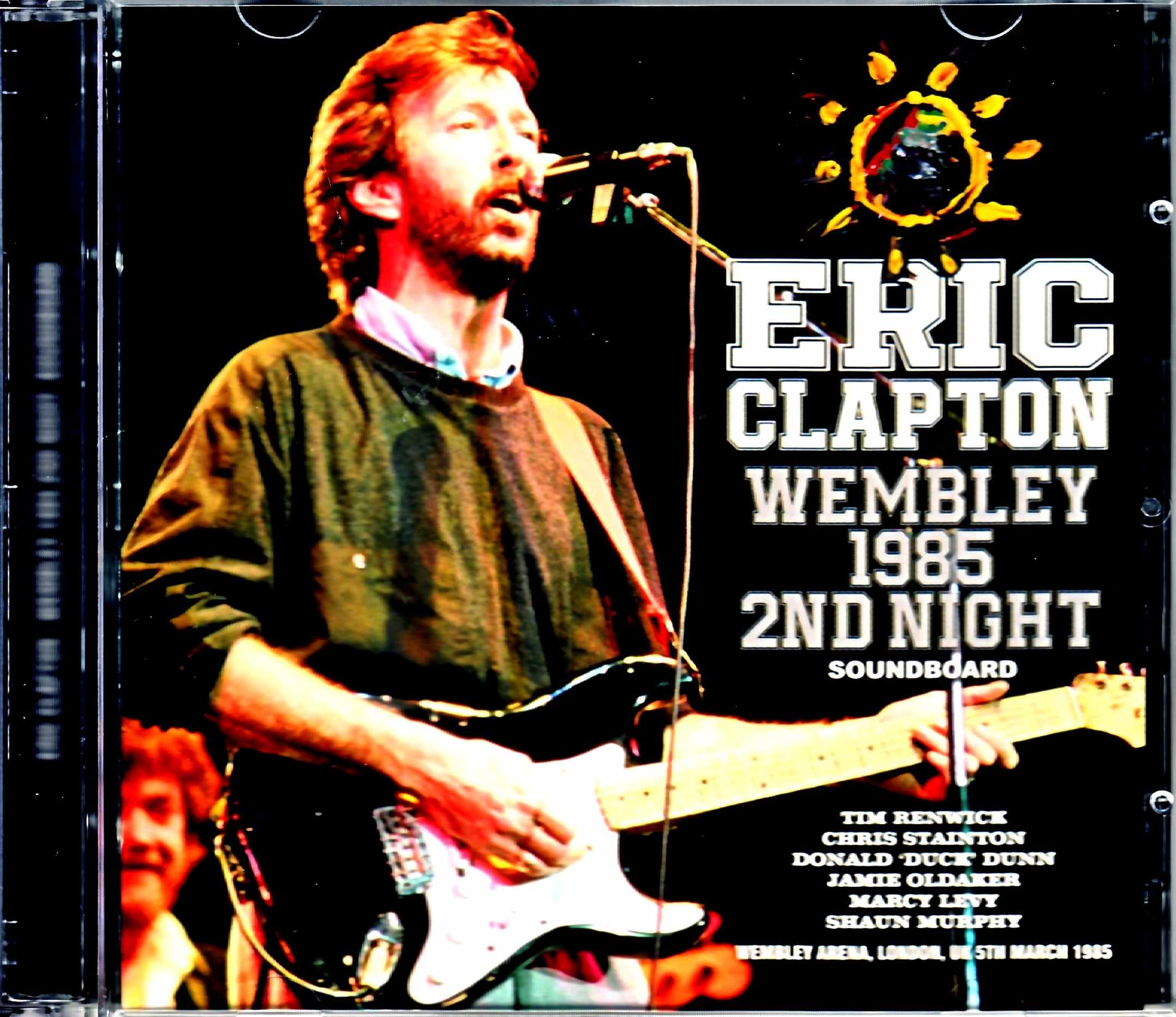
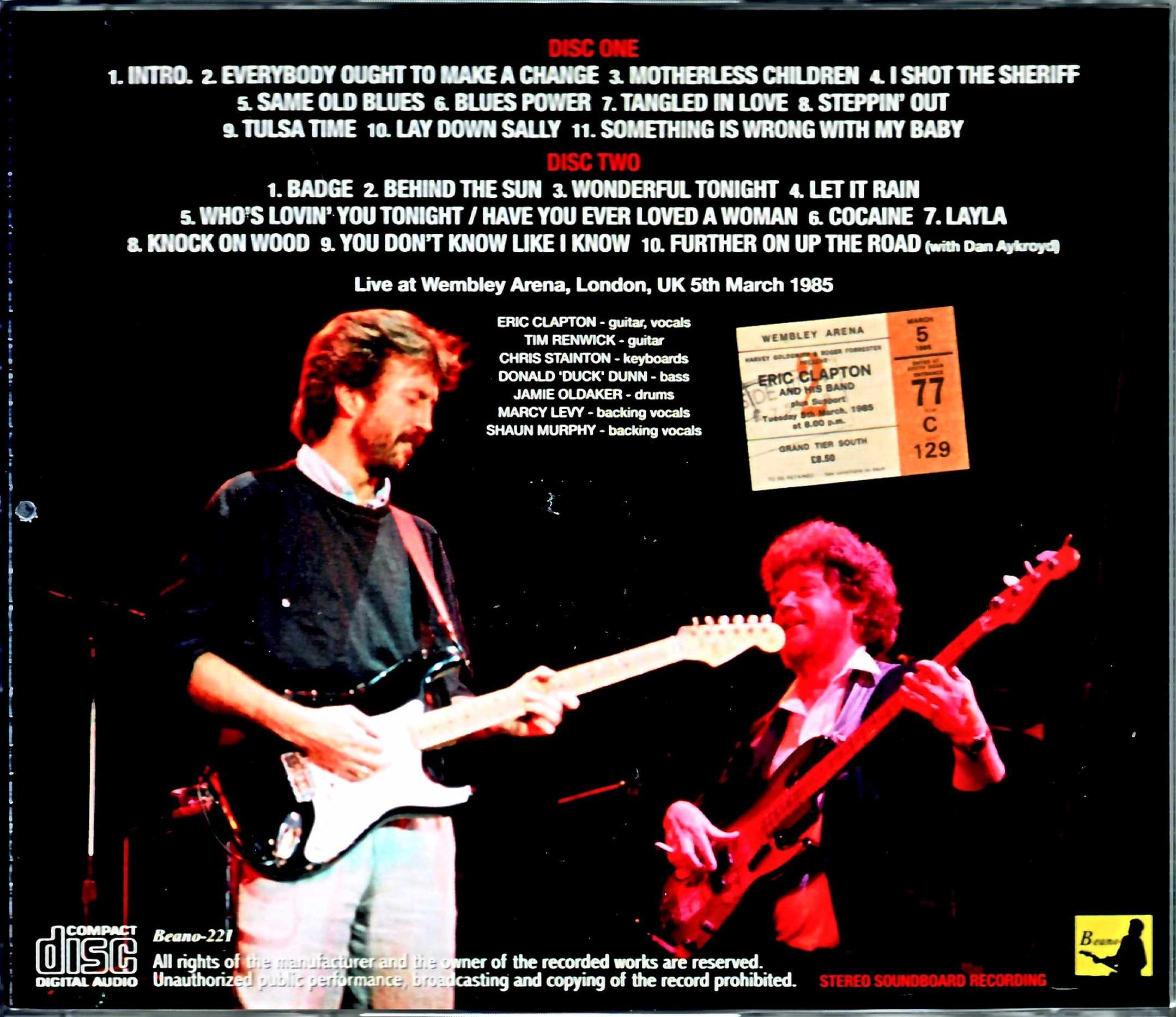

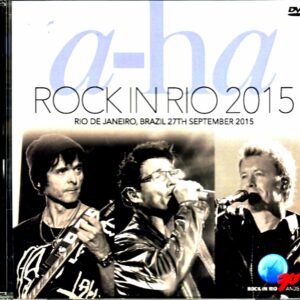
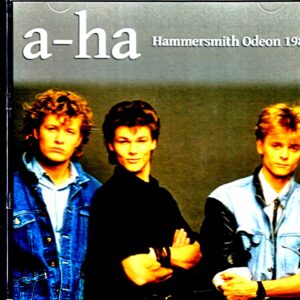
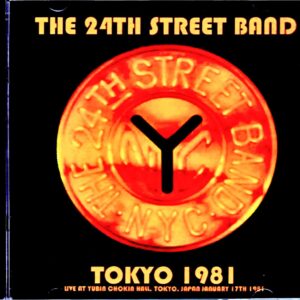
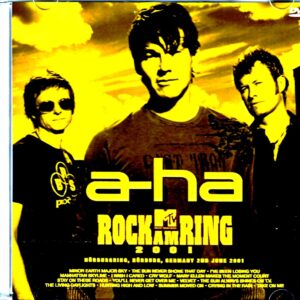
Reviews
There are no reviews yet.